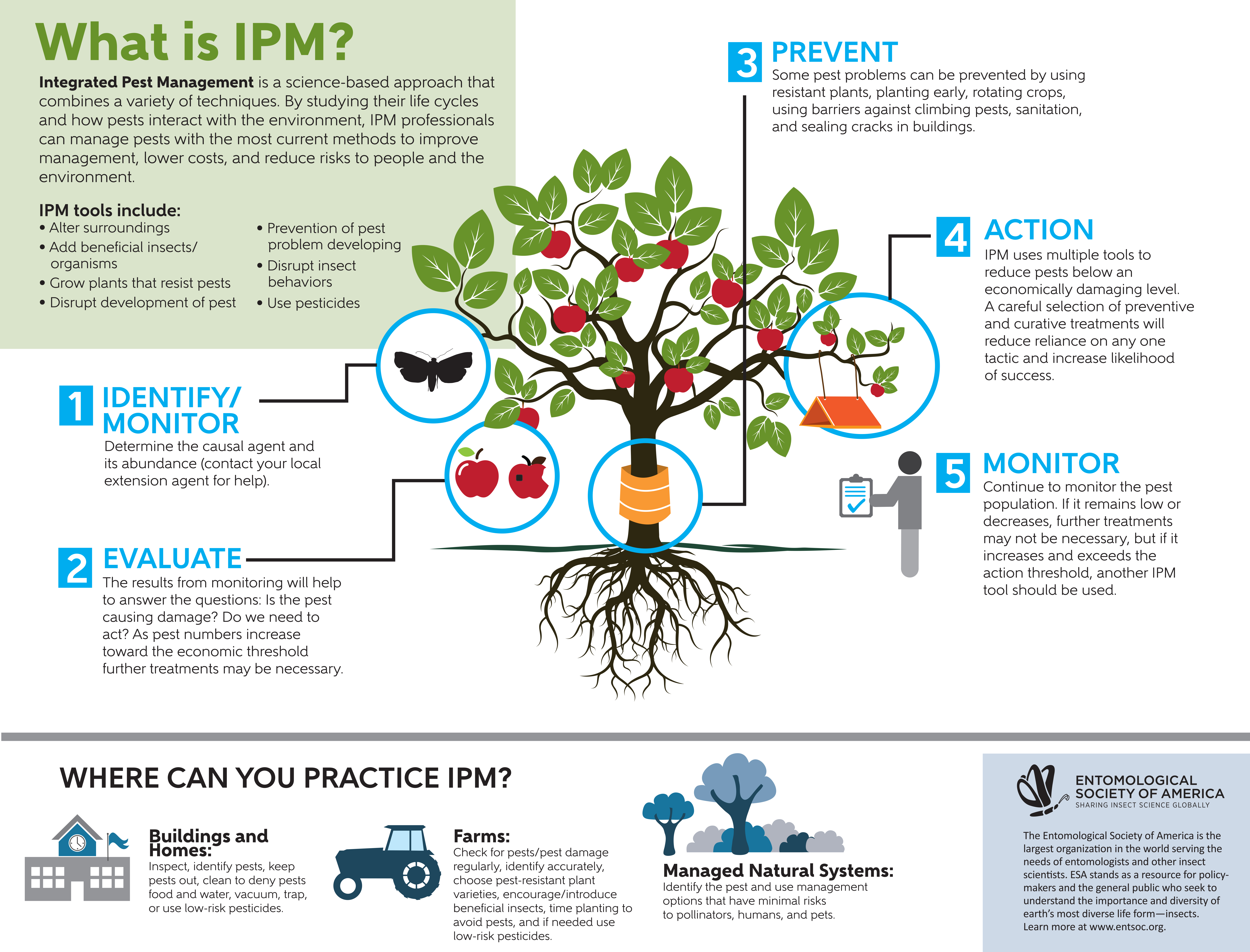Study: Successful Termite Control Measures In A Historical Building
Study: Successful Termite Control Measures In A Historical Building
Blog Article
Developed By-Thisted Mayo
Visualize a historical building quietly battling a surprise threat under its old beams. Discover just how a team of professionals overcame the challenge of termite problems in this architectural gem by employing innovative techniques that secured its stability. ant bed killer to maintain this heritage website reveals a narrative of durability and advancement, supplying important understandings right into the fragile equilibrium between preservation and modern-day bug control strategies.
Historic Relevance of the Structure
The historical structure you're handling holds enormous social significance in the neighborhood area. This architectural treasure has stood the test of time, witnessing generations of citizens and site visitors go through its doors. Its abundant background is woven right into the material of the neighborhood, symbolizing resilience and custom. As a cornerstone of the town's heritage, the building serves as a concrete web link to the past, supplying a peek right into past eras and maintaining tales that would otherwise be lost to time.
Throughout the years, the structure has actually organized many events, from neighborhood gatherings to events of local culture. Its wall surfaces have echoed with giggling, songs, and the voices of those that have actually walked its halls before you. By protecting this historic framework, you aren't just shielding a physical erection but likewise protecting an item of the neighborhood's identity. Embracing the historic value of the building is vital in understanding its worth and the significance of keeping its integrity for future generations to appreciate.
Termite Infestation Obstacles
Browsing with the historical importance of the structure, you encounter substantial difficulties posed by a termite infestation. These small insects can wreak havoc on the architectural integrity of the historical framework, creating comprehensive damages if left unattended. The unique architectural functions and aged wood present in historical structures supply an optimal environment for termites to thrive, making it essential to resolve the problem quickly.
Identifying the extent of the termite infestation is typically a challenging task, as these creatures can delve deep right into the wood structures, concealed from simple view. Additionally, standard termite control methods may not be completely appropriate for historical buildings due to the possible injury they can create to the structure's stability and historic value.
Preserving the historical authenticity of the structure while effectively eliminating the termite infestation needs a fragile balance and specialized competence. Implementing tailored termite control measures that are both reliable and mild on the historical materials is necessary to ensure the long-term protection of the building.
Cutting-edge Control Steps Applied
Executing advanced termite control methods is necessary in securing the historic integrity of the structure while effectively combating the problem. One cutting-edge step entails utilizing non-repellent liquid termiticides. These items are basically undetectable to termites, enabling them to unwittingly come into contact with the treatment and spread it throughout the swarm. This method ensures complete eradication without signaling the termites to stay clear of the treated areas.
An additional advanced technique is the installation of termite baiting systems. These systems use termite attractants incorporated with slow-acting toxicants. Termites feed upon the bait, share it with their colony members, and inevitably remove the whole populace. https://patch.com/new-jersey/cinnaminson/two-wild-animals-in-palmyra-tested-positive-for-rabies is eco-friendly and minimally intrusive, making it optimal for historic buildings where maintaining the initial structure is vital.
Additionally, utilizing infrared modern technology for termite discovery has revolutionized control steps. Infrared cameras can find heat signatures suggesting termite task behind walls or within structures. This non-invasive method permits specific targeting of treatment, decreasing damages to the building while effectively eliminating the termites. By integrating these cutting-edge control actions, the historic structure can be safeguarded from termites without compromising its building value.
Conclusion
You've learned exactly how sophisticated innovation and non-toxic therapies conserved a historical building from termite invasion.
Did you understand that termite damage expenses united state homeowners billions of dollars annually?
Safeguard your building with cutting-edge termite control measures to stay clear of costly repair work and protect its historical value.
